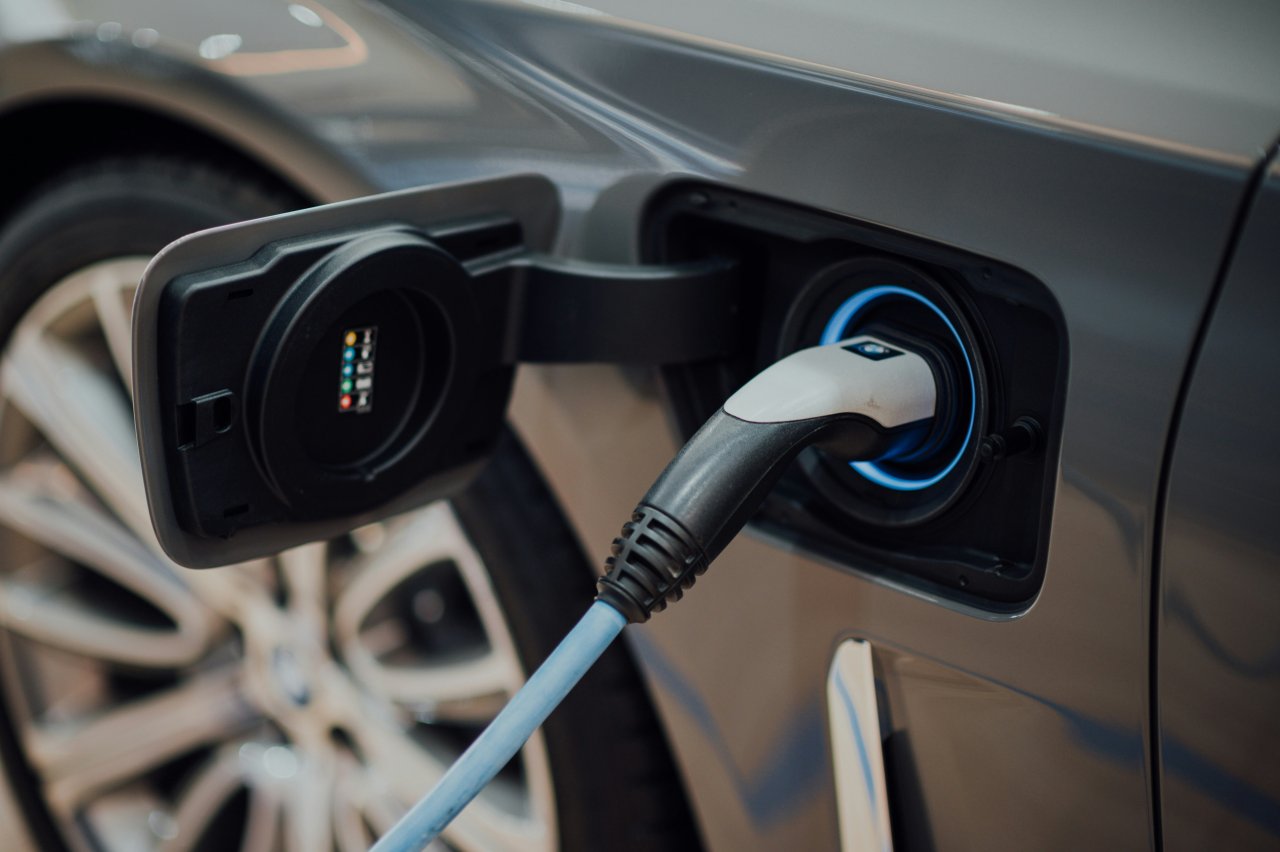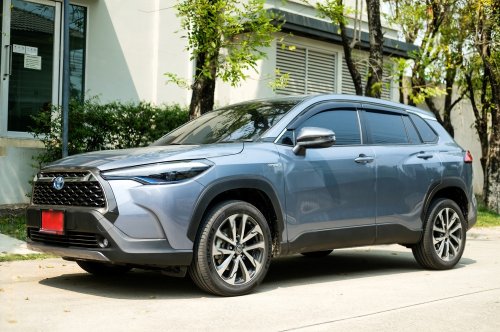The Rise of Electric Vehicles: How EVs Are Revolutionizing the Automotive Industry

In recent years, the automotive industry has witnessed a significant paradigm shift with the rise of electric vehicles (EVs). Once considered a niche market, EVs ( Electric cars) have now become a focal point for major automakers, policymakers, and consumers alike. This transformation is not merely about embracing a new mode of propulsion; it represents a fundamental reimagining of transportation as we know it. In this article, we delve into the reasons behind the surge in popularity of electric vehicles and explore how they are revolutionizing the automotive industry.
- Environmental Concerns Driving Change:
One of the primary drivers behind the rise of electric vehicles is the growing concern over environmental sustainability. Traditional internal combustion engine vehicles are notorious for their emissions of greenhouse gases and other pollutants, contributing significantly to air pollution and climate change. As awareness of these issues has increased, there has been a growing consensus on the need to transition to cleaner forms of transportation.
Electric vehicles offer a compelling solution to these environmental challenges. By eliminating tailpipe emissions and relying on electricity as a power source, EVs have the potential to significantly reduce the carbon footprint of transportation. Furthermore, as renewable energy sources such as solar and wind power become more prevalent, the environmental benefits of electric vehicles are further amplified.
- Technological Advancements:
Another factor driving the rise of electric vehicles is rapid technological advancements in battery technology and electric drivetrains. Over the past decade, there has been a dramatic improvement in the energy density, efficiency, and cost of lithium-ion batteries, which are the primary power source for EVs. These advancements have led to an increase in the range of electric vehicles, making them more practical for everyday use.
Additionally, innovations in electric drivetrain technology have resulted in EVs that offer performance comparable to or even surpassing traditional internal combustion engine vehicles. Electric motors deliver instant torque, providing quick acceleration and a smooth driving experience. As a result, EVs are no longer seen as compromises in terms of performance but as competitive alternatives to conventional vehicles.
- Government Support and Regulation:
Government support and regulation have played a crucial role in accelerating the adoption of electric vehicles. Many countries around the world have implemented policies such as tax incentives, subsidies, and emissions regulations to promote the uptake of EVs. These measures have helped make electric vehicles more affordable and attractive to consumers, driving demand and incentivizing automakers to invest in electric vehicle technology.
Furthermore, governments are increasingly setting ambitious targets for the phasing out of internal combustion engine vehicles in favor of electric vehicles. For example, several European countries have announced plans to ban the sale of new gasoline and diesel cars by 2030 or earlier. These mandates are pushing automakers to prioritize electric vehicle development and invest in expanding their electric vehicle offerings. - Infrastructure Development:
The availability of charging infrastructure is a critical factor influencing the adoption of electric vehicles. In recent years, there has been significant progress in expanding the charging network, with governments, utilities, and private companies investing in the deployment of charging stations. Public charging stations are becoming more prevalent along highways, in urban areas, and at workplaces, making it easier for EV owners to charge their vehicles conveniently.
Moreover, advancements in charging technology, such as fast chargers capable of delivering high-power charging, are reducing charging times and improving the practicality of electric vehicles for long-distance travel. Additionally, home charging solutions, including level 2 chargers and residential solar installations, are enabling EV owners to charge their vehicles conveniently and affordably at home. - Shifting Consumer Preferences: Changing consumer preferences are also driving the rise of electric vehicles. As environmental consciousness grows and awareness of the benefits of electric vehicles increases, more consumers are considering EVs as their next vehicle purchase. The allure of lower operating costs, reduced maintenance requirements, and the prospect of contributing to a cleaner environment are compelling factors for many prospective EV buyers.
Furthermore, the expanding variety of electric vehicle models available on the market is catering to a broader range of consumer preferences and needs. From compact hatchbacks to luxury SUVs and high-performance sports cars, there is now an electric vehicle to suit virtually every taste and lifestyle. As electric vehicle technology continues to evolve and mature, consumer interest in EVs is only expected to increase further.
Conclusion
In conclusion, the rise of electric vehicles represents a seismic shift in the automotive industry, driven by environmental concerns, technological advancements, government support, infrastructure development, and shifting consumer preferences. Electric vehicles are not just an alternative to traditional gasoline-powered cars; they are heralding a new era of cleaner, more sustainable transportation. As the momentum behind electric vehicles continues to build, the automotive industry is poised for a transformational journey toward a greener and more electrified future.







